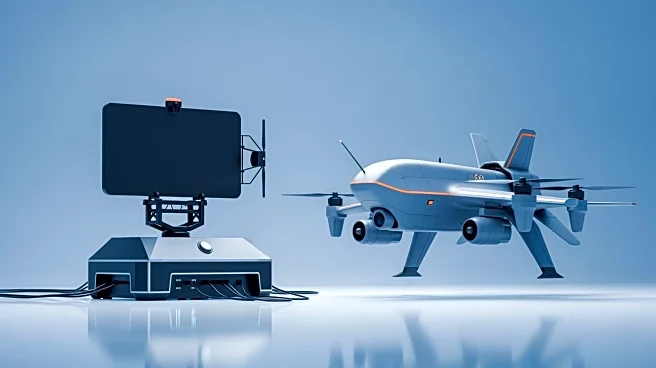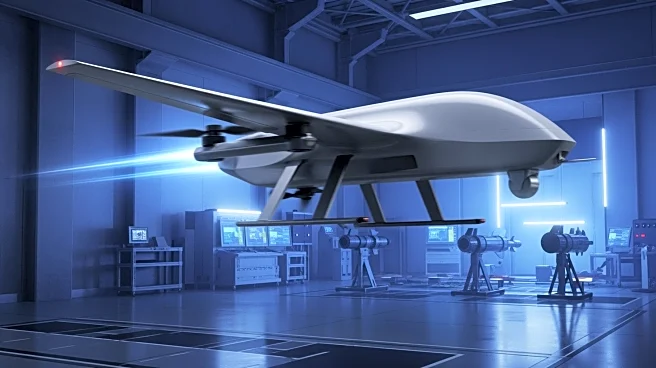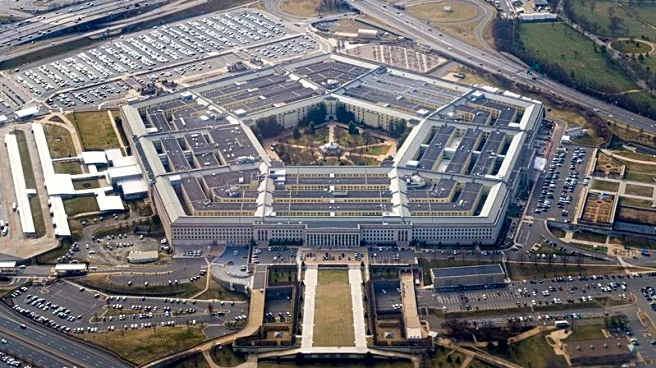What's Happening?
Defense Secretary Pete Hegseth has announced significant changes to the Pentagon's acquisition processes, aiming to replace outdated Cold War-era systems with more agile and competitive frameworks. Speaking
at the National War College, Hegseth emphasized the need for defense companies to invest their own resources into developing military technology, rather than relying solely on taxpayer funding. The changes include renaming the Defense Acquisition System to the Warfighting Acquisition System, overhauling the joint requirements process, and streamlining foreign military sales. Hegseth's directive is intended to make defense contracting more competitive and to encourage industry to assume greater risk in partnership with the military.
Why It's Important?
The overhaul of the acquisition system is poised to have a significant impact on the defense industry, potentially altering the business models of major contractors. By prioritizing speed and commercial technology, the Pentagon aims to foster a more dynamic vendor space, which could lead to increased competition and innovation. This shift may also result in more fixed-price contracts, challenging traditional cost-plus models that have been criticized for inefficiencies. The changes are expected to enhance the U.S. military's ability to rapidly acquire and deploy advanced technologies, thereby strengthening national security and maintaining global military leadership.
What's Next?
The implementation of these changes will require substantial investment and adaptation from defense contractors. As the Pentagon moves towards fixed-price contracts and commercial-first purchasing, companies may need to adjust their strategies to remain competitive. Additionally, the focus on improving foreign military sales processes could lead to stronger international partnerships and increased demand for U.S. defense products. The success of these initiatives will depend on the Pentagon's ability to effectively manage resources and drive industry collaboration.
Beyond the Headlines
The shift towards a more competitive acquisition system raises ethical and strategic questions about the balance between cost, risk, and innovation in defense contracting. As traditional contractors face pressure to adapt, there may be increased lobbying efforts to influence policy decisions. Furthermore, the emphasis on commercial technology could lead to greater collaboration between the defense sector and tech startups, potentially reshaping the landscape of military innovation.













